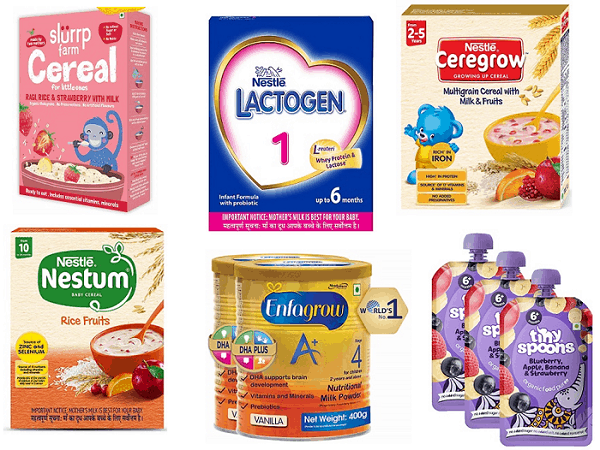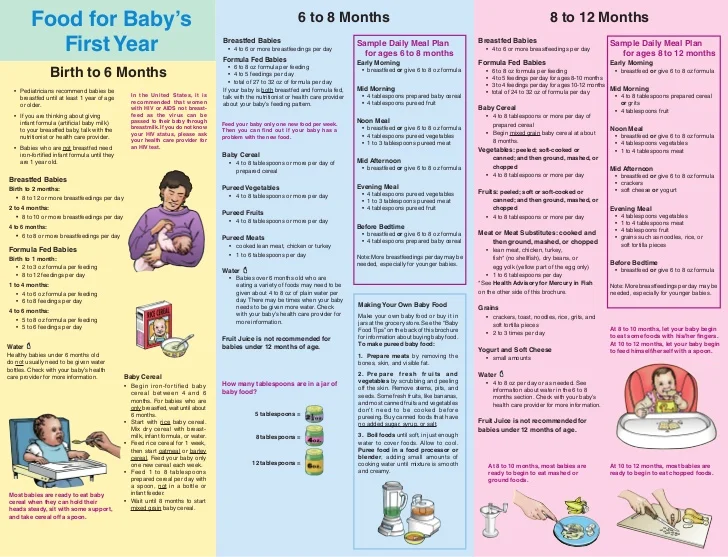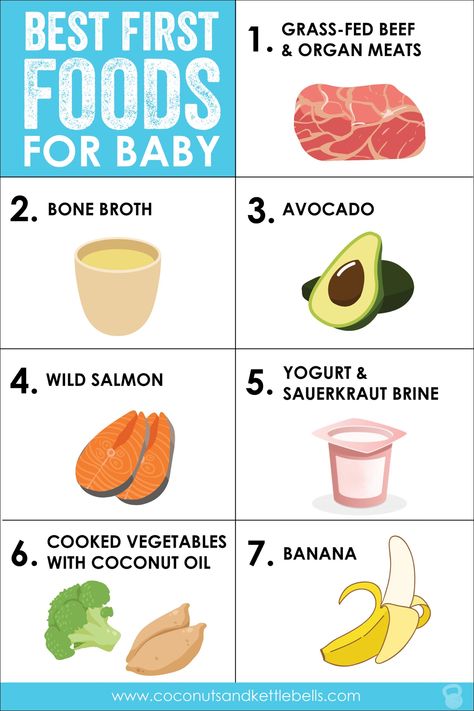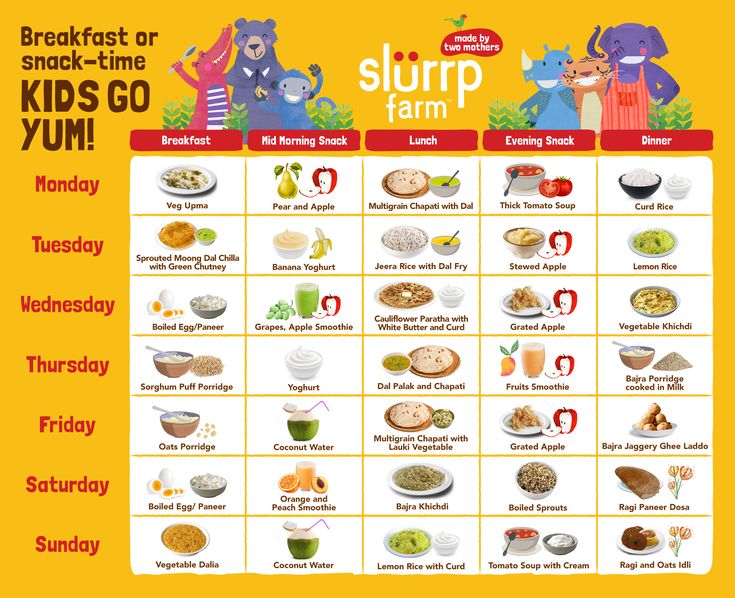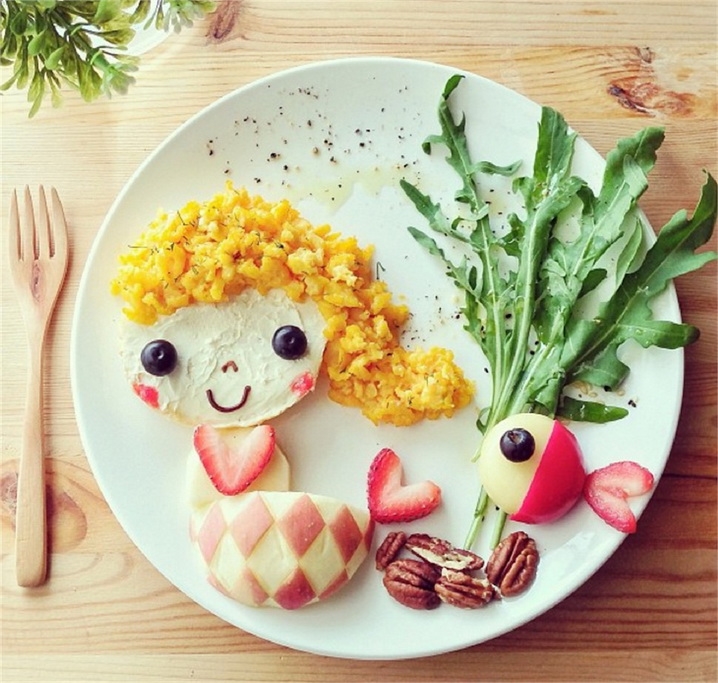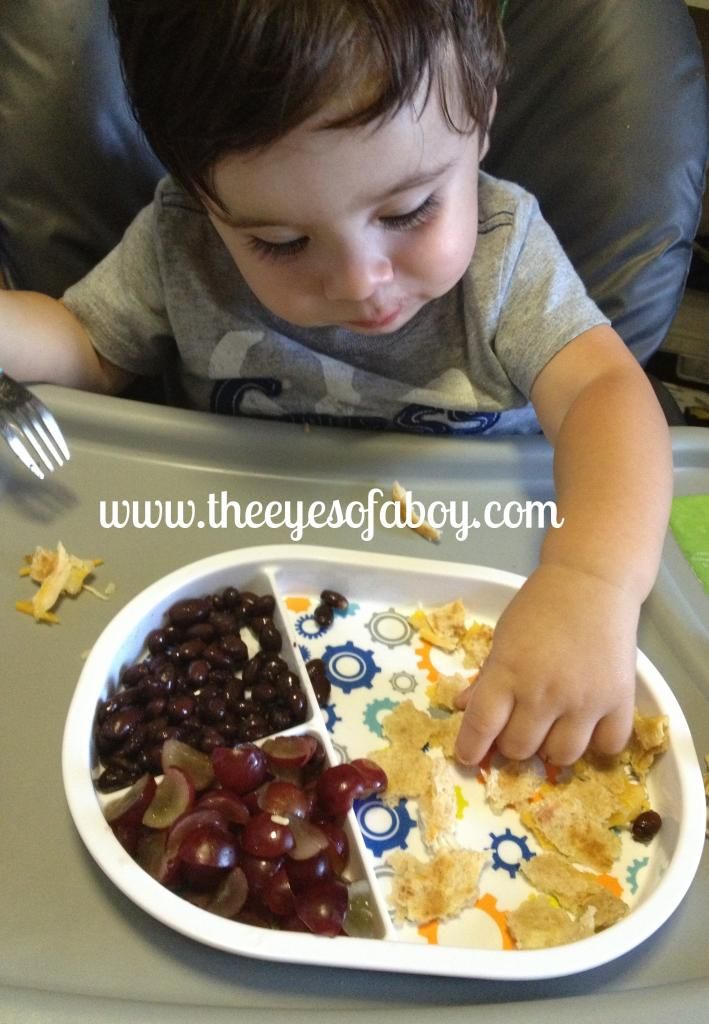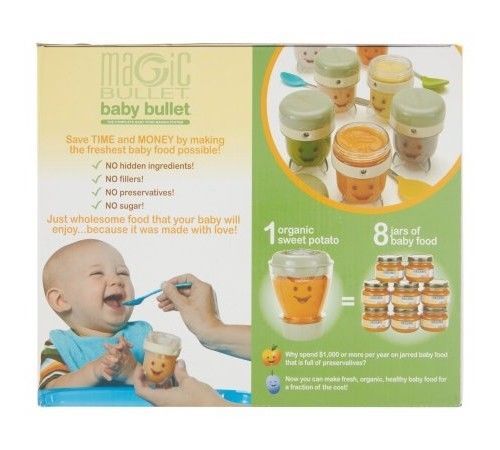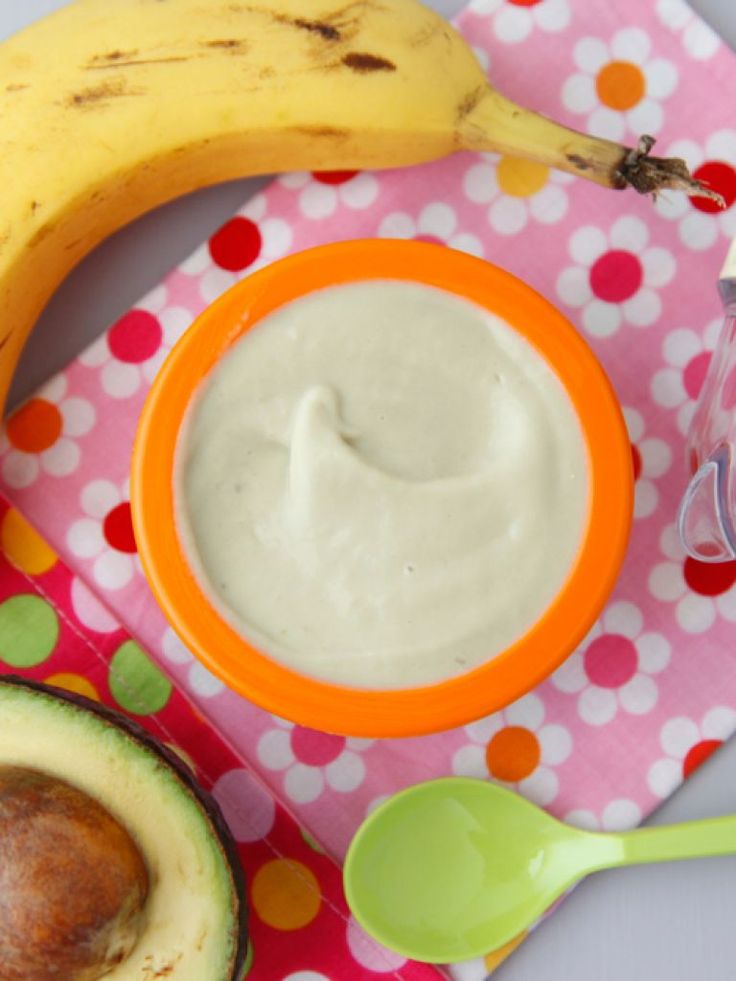Pacifier baby feeder
5 Best Silicone Baby Food Feeders To Buy 2020
A baby feeder is used to introduce solid food to babies without worrying about the risk of choking.
A food feeder looks pretty similar to the shape of a baby pacifier but much bigger than that.
The food feeder comes with either a mesh or silicone pocket where you fill your solid food in.
Every food feeder comes with a cover that closes at the bottom to hold the food inside the pocket.
The food feeders also feature an easy to grip handle for babies to hold and gnaw the food. Some food feeders have a cover that goes over the pocket for hygiene.
Table of Contents
How Do Baby Feeders Work?
Food feeders serve a pretty simple purpose and are not complicated to use.
- Choose some age-appropriate food you want to feed your baby
- Clean the baby feeder
- Open the lid and put the solid food inside the mesh or silicone pocket
- Close the lid, remove the cover (if your feeder has one)
- Hand it over to the baby and watch them make funny faces while trying new foods.
- Once they are done, dump the excess food, wash, dry and repeat.
Sounds simple, right?
Are Food Feeders Good For Babies?
There are a million baby gadgets in the market today, and you are probably wondering if you need one more. Hear me out.
I swear the baby feeders are AWESOME! For the price they cost, they do a fantastic job, and babies enjoy them.
Here are 5 reasons why you need a baby feeder.
1. Teething:
If you have a teething baby, then you might already know that teething babies love to bite on everything. Baby feeders, especially when served with cold food, can be soothing to aching gums and relieve their teething pain.
If your baby has not yet started solids, then you can fill the feeder with frozen breast milk or formula ice cubes.
2. Prevents Choking:
One of the scariest things that I faced while introducing solid food to my babies was when they started to gag or appeared to choke.
By using food feeders, you are not exposing your infant to big portions of food particles, which creates a safe feeding environment for them to try new food.
3. Develop Motor skills:
Food feeders encourage babies to practice self-feeding. It develops the hand-eye coordination that is needed to master spoon or finger feeding.
4. Keep Them Busy:
This has to be my favourite reason!
When I ran out of ways to keep them busy, I would just put some frozen fruit in the baby feeder and hand it over to them.
They happily enjoy their snack while I get some time to finish my work.
5. Sensory Experience:
Food feeders also provide a good sensory experience which babies love. It also instils a positive attitude towards trying new food.
Silicone or Mesh? Which one to Choose?
I am 100% team silicone, and I would highly be using silicone feeders because they are easy to clean and a plastic-free option to use.
Mesh feeders are a pain to clean, food gets stuck in between the mesh, and it is challenging to get them out.
I tried mesh feeders before; I was naive enough to try them with bananas. I let them sit on the counter before washing them.
I let them sit on the counter before washing them.
Let’s say that I had to throw the mesh feeder away; I went and bought a silicone feeder and never looked back again.
If you still want to try mesh feeder, then munchkin ones are hands down the best.
Best Silicone Baby Feeders:
1.Boon:
BUY NOW
Boon is one of my favourite brands. They really care about their customers and only use safe materials to make their products.
Their silicone feeder is particularly my dearest. The feeder itself is made of soft, food-grade silicone with small holes through which your baby can taste the food.
It comes with a firm handle for babies to grab and enjoy their treat.
Boon feeder was perfect when we started with solids and was great relief during the teething phase.
Some parents complain that they find it small, I did not find it so and you can always refill and offer seconds if they want more.
I did find that my kids had a hard time getting any solid food like solid apples out of the boon feeder, so I always offerred food that were soft and juicy like berries.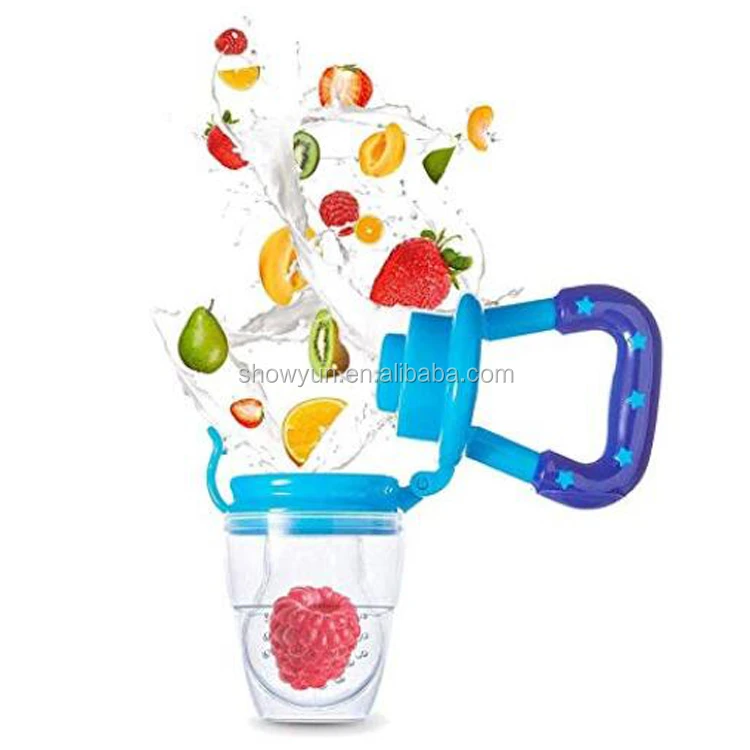
2.Kids Me Food Feeder:
BUY NOW
Kids me feeder comes very close to Boon feeder for me. For serving at home, I usually alternated between both Boon and Kidsme.
When I am out and about, Kidsme was the winner for various reasons.
1. Boon does not come with a cover, but Kids me does. You can easily keep the feeder closed, hygienic using the cap.
2. Kidsme feeder also comes with a hole between the handles that attach to clips or holders to prevent dropping on the floor.
3. Kidsme comes in two different sizes, medium and large; you can use the appropriate size based on your baby’s age.
4. My babies seem to love the double handle, and they found it easier to grab them with both the hands.
The sac itself is made from food-grade silicone and FDA certified. You can also buy replaceable silicone sacs to use instead of buying the whole feeder if you want.
The textured silicone sac is also great for teething babies. Seriously, it is a lifesaver when you offer chilled or frozen foods in this feeder.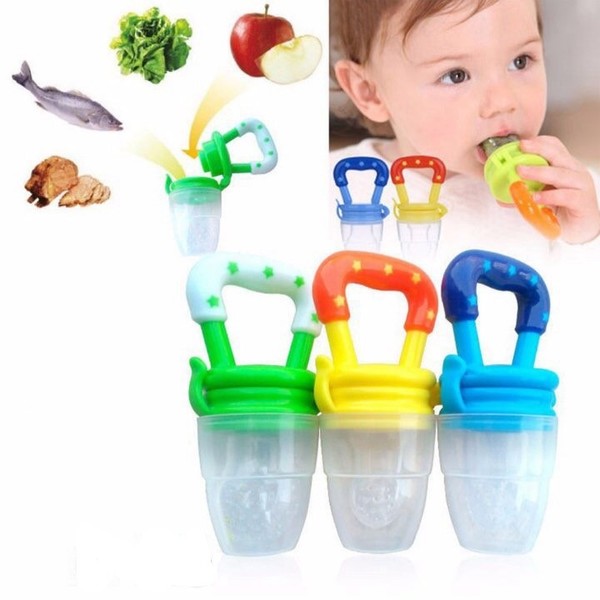
Your babies will thank you and may even reward you with 30 minutes of fuss-free time.
3. Ashtonbee Baby Feeder:
BUY NOW
AshtonBee Feeder looks pretty similar to Kidsme. AShtonBee also comes with a cap to cover the silicone sac and a safety lock that ‘clicks.’
Ashtonbee is marketed as a silicone feeder and pacifier because it clams your child down during teething pain.
The silicone sac itself is food-grade silicone that is free of BPA, Lead, Petroleum, Phthalates, so it is safe for your baby to nipple.
4.Nature Bond Fruit Feeder:
BUY NOW
If you dislike the idea of buying different size feeders as your baby grows and wondering if there is a product that grows with your baby, then Nature Bond food feeder is where it is.
You get two pack baby feeders, and it comes with 3 different pair of sizes-small, medium and large.
The sac is made of food-grade silicone that is BPA Free, Latex Free, Phthalates Free, and Lead-Free.
Nature bond feeders come in fun colors (think candy!) that your kids will love.
5. Moss and Fawn Forage Feeder:
BUY NOW
We at ANM, love supporting mom businesses and that’s why this brand is special to me. Sofia, the owner of Moss and Fawn, sent me her forage feeder to try and I loved it.
Please note that I only received the product for free; I was not compensated to write this post; all opinions are my honest views.
The product comes with a feeder and three silicone sacs that grow with your baby.
The forage feeder comes neatly packed in a cloth bag and also contains a booklet that guides on how to use the feeder and offers suggestions on best foods to try.
I love the company how this brand believes in sustainability and makes a conscious choice at every step of making the product.
Their packaging is recyclable, the booklet is printed in a wind-powered facility, and printed with vegetable ink on recycled paper.
They also use 100% cotton bags to pack their feeder and 100% natural wood strands as filling that are easily compostable.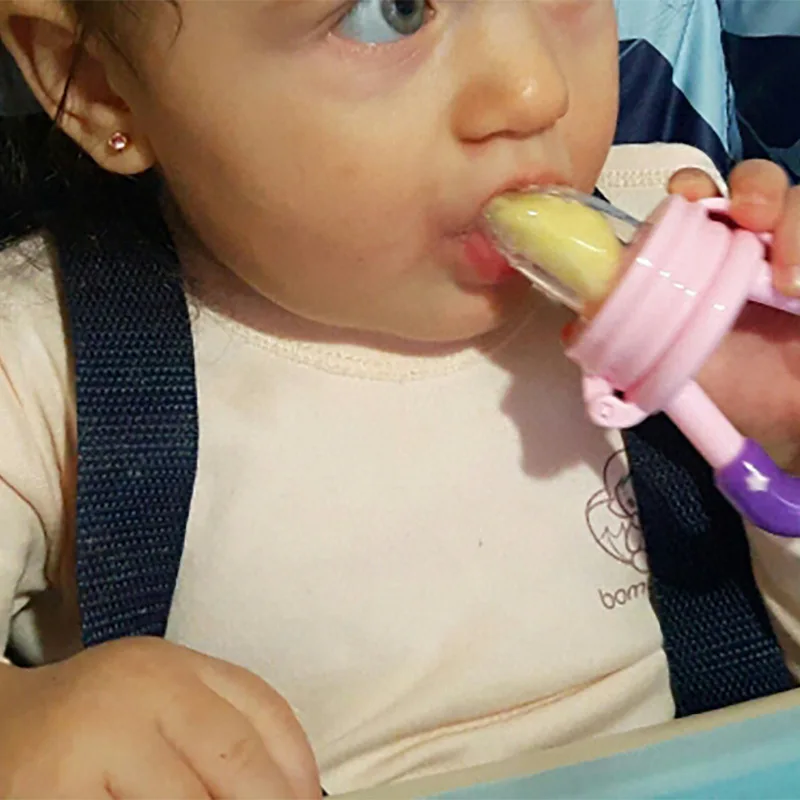
The forage feeder is made of safe, non-toxic food-grade silicone, tested free of BPA, PVC, Phthalates, and Lead and is also FDA and CPSIA compliant.
Yay! for this company for looking out for your baby and the environment.
Let’s Wrap Up:
Silicone feeders are safer and easier than using mesh baby feeders, in my opinion. They are perfect to introduce solid foods to your baby and works wonders during teething.
Not all silicone feeders are made the same, though. It is important to look for one that is made with food grade silicone without any fillers.
Also, I highly recommend using a one that is free of unwanted chemicals like BPA, phthalates, lead and pvc.
Considering all the above points,
Here is my list of Best Silicone feeders to Buy (2019):
- Boon Silicone Feeder
- Kids Me Food Feeder
- AshtonBee Feeder
- NatureBond Food Feeder/ Pacifier
- Moss and Fawn Forage Feeder.
Did you use any food feeder? Which one did you use and how did you like it?
Sharing is caring!
110 shares
NatureBond Latex-Free Fruit Feeder Teether & Pacifier, 2-Pack
Last updated date: August 9, 2022
DWYM Score
Why Trust DWYM?
DWYM is your trusted product review source. Along with our in-house experts, our team analyzes thousands of product reviews from the most trusted websites. We then create one easy-to-understand review. Learn more.
Along with our in-house experts, our team analyzes thousands of product reviews from the most trusted websites. We then create one easy-to-understand review. Learn more.
Show Contents
Contents
- Our Take
- Features
- Specifications
- From The Manufacturer
- Expert Reviews
- Overall Ranking
- Our Pacifiers & Teether Buying Guide
- Our Pacifiers & Teether Tip and Advice
We looked at the top Pacifiers & Teethers and dug through the reviews from some of the most popular review sites. Through this analysis, we've determined the best Pacifiers & Teether you should buy.
Update as August 9, 2022:
Checkout The Best Pacifiers & Teethers for a detailed review of all the top pacifiers & teethers.
Overall Take
These pacifiers & teethers are versatile gadgets that help you safely introduce new foods without creating choking hazards.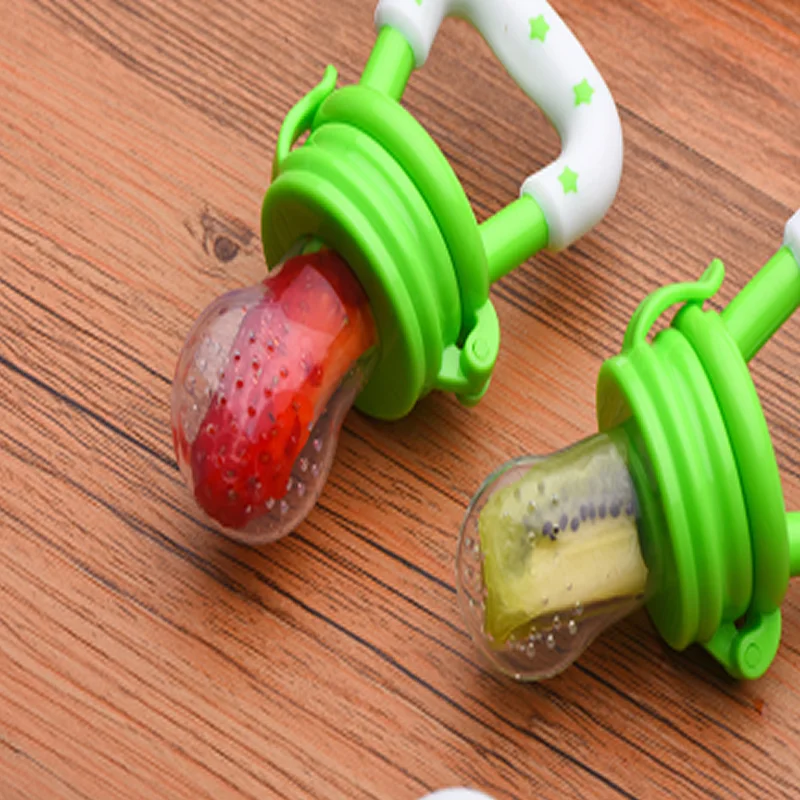 They can also be used when baby is weaning and teething. Each feeder is easy to dismantle and deep clean.
They can also be used when baby is weaning and teething. Each feeder is easy to dismantle and deep clean.
In our analysis, the NatureBond NatureBond Latex-Free Fruit Feeder Teether & Pacifier, 2-Pack placed 3rd when we looked at the top 11 products in the category. For the full ranking, see below.
From The Manufacturer
MOST VALUE FOR MONEY BABY FRUIT / FOOD FEEDERS & TEETHERS (2 PCS w 6 Silicone Teats). NatureBond Baby Fruit Feeders and Teethers are designed in candy-like colors that stimulate baby’s appetite for consumption of natural nutrients from fruits and vegetables. It is also a safe way to introduce our little ones to solid food while they go through weaning and teething phase. The All-IN-1 feeder can also soothe baby’s teething discomfort by massaging the gums through chewing. QUALITY & SAFETY ASSURANCE. It is the only baby food / fruit feeder certified by World’s Leader in Testing, Inspection and Certification (TIC),Bureau Veritas USA, to be BPA Free, Latex Free, Lead Free and Phthalates Free. DESIGNED TO BE EASY TO DISMANTLE AND WASH/CLEAN. Our designers ensure the feeder is easy to dismantle and wash as hygiene and safety are our topmost priority. Unlike other feeders, NatureBond feeder has no irremovable components and can be fully dismantled for washing and cleaning purposes. INNOVATIVE FEATURES. Turning knob for custom adjustment of teat length and to squeeze the fruit juices out for consumption. ALL SIZES INCLUDED. 2 x Feeders and Bonus pack of 6 silicone sacs / teats for different ages of baby/toddlers. (2 Large Sizes Sacs are pre-packed with Feeders. Additional 2 Small Sizes and 2 Medium Size included for parents to have more options). We value you and your baby’s comfort and convenience. Unlike other feeders which do not provide different sizes, we recommend customers to use an appropriate size for your little ones.
DESIGNED TO BE EASY TO DISMANTLE AND WASH/CLEAN. Our designers ensure the feeder is easy to dismantle and wash as hygiene and safety are our topmost priority. Unlike other feeders, NatureBond feeder has no irremovable components and can be fully dismantled for washing and cleaning purposes. INNOVATIVE FEATURES. Turning knob for custom adjustment of teat length and to squeeze the fruit juices out for consumption. ALL SIZES INCLUDED. 2 x Feeders and Bonus pack of 6 silicone sacs / teats for different ages of baby/toddlers. (2 Large Sizes Sacs are pre-packed with Feeders. Additional 2 Small Sizes and 2 Medium Size included for parents to have more options). We value you and your baby’s comfort and convenience. Unlike other feeders which do not provide different sizes, we recommend customers to use an appropriate size for your little ones.
Expert Reviews
User Summarized Score
23,494 user reviews
What experts liked
What experts didn't like
1.
 PandaEar Non-Toxic Dishwasher Safe Pacifiers & Teethers, 3-Pack
PandaEar Non-Toxic Dishwasher Safe Pacifiers & Teethers, 3-PackOverall Score: 9.6
2. Smily Mia Easy Hold Nipple-Shaped Pacifier & Teether
Overall Score: 9.4
3. NatureBond Latex-Free Fruit Feeder Teether & Pacifier, 2-Pack
Overall Score: 9.3
4. Ryan & Rose Cutie PAT Easy Clean Pacifier & Teether
Overall Score: 9.2
5. Haakaa Infant Dishwasher Safe Pacifier & Teether
Overall Score: 9.1
6. Mombella Mimi The Mushroom Food Grade Baby Teether & Pacifier
Overall Score: 9.0
7. Philips AVENT Plush Elephant Lovey Pacifier & Teether
Overall Score: 9.0
8. RaZberry Berrybumps Multi-Texture Baby Teether & Pacifier
Overall Score: 9.0
9. Nippii Leak-Free Freezable Baby Teether & Pacifier
Overall Score: 8. 6
6
10. Dr. Talbot’s Paraben Free Teether & Pacifier
Overall Score: 8.6
11. Nuby Gum-eez Silicone Teether & Pacifier, 2-Pack
Overall Score: 8.4
If you’ve ever had a fussy baby on your hands, you know how important a pacifier is. Often, this little device can help soothe your little one and make them feel relaxed, calm and safe. Many pacifiers mimic the shape and size of a woman’s nipple, helping babies feel closer to their mom or whichever loved one may be holding them. For babies who are teething, pacifiers can also provide some pain relief and give them something to bite down on to ease their sore gums.
When you’re looking for a pacifier or teether, you should first decide what the main goal of it will be. For example, do you want something small and portable so you can take the pacifier with you wherever you go with baby, while also keeping it clean? Do you want something specifically textured to help with gum pain and teething? Do you want an option for feeding that also provides teething relief? Do you want a cold-temperature teether or one that’s made only to work at room temperature?
- When it comes to anything your baby puts in their mouth, safety is the first priority.
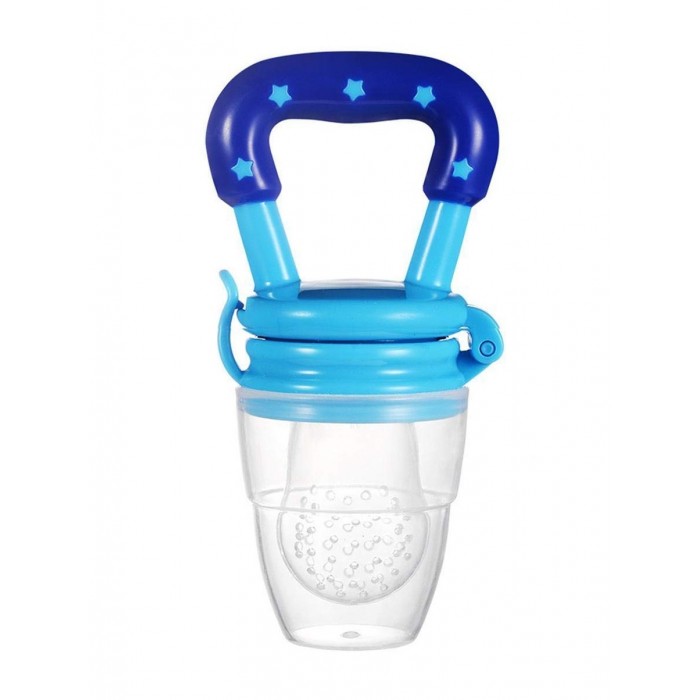 Ensure that the pacifier or teether is BPA-free and doesn’t contain any allergens or irritants. Keep in mind that many people are allergic to latex, so it may be best to go with a pacifier or teether that does not contain any.
Ensure that the pacifier or teether is BPA-free and doesn’t contain any allergens or irritants. Keep in mind that many people are allergic to latex, so it may be best to go with a pacifier or teether that does not contain any. - Avoid any teethers that are attached to necklaces for your baby to wear. These can be a major strangulation hazard and should never be left alone with the baby.
- Some pacifiers or teethers are filled with a liquid or gel. These can be unsafe if they are used without proper supervision. Sometimes, babies can bite down so hard on the outer layer that they pierce it and the liquid or gel seeps out. This can be harmful to your baby.
- Keep in mind that most babies will need many pacifiers and teethers, depending on what stage of infancy they are going through. Many babies will also go through periods where they favor a specific kind of pacifier or teether and then quickly lose interest in it and move on to the next size. It’s wise to have multiple options on hand for your little one.

Checkout Our Other Buying Guides
Microtome blades - low profile | Packing: 50 pcs/color box, 10 boxes/inner box, 100 boxes/export carton/26x27x26 cm, 8 kg/9 kg | More | Microtome blades - high profile | Packing: 50 pcs/color box, 10 boxes/inner box, 100 boxes/export carton/26x27x26 cm, 8 kg/9kg | More | Pacifier chains | Length: 23 ~ 25 cm Width: 2. | More | Tulip Style Nasal Aspirator | More | Bean Style 9 Nasal Aspirator0007 | More | Cricket Style Nasal Aspirator | More | Beatle Style Nasal Aspirator | More | Electric nasal aspirator 50 kPa | size: 17 x 4. | More | Electric nasal aspirator 60 kPa | Size: 12.8 x 9.6 x 4.5 cm Weight: 170 g Suction: 60 kPa | More | Medicine feeder with syringe | More | Nipple feeder with syringe | More | Manual breast pump with one hand | More | Manual breast pump handle type | More | Simple Electric Breast Pump | More | Double suction pump | More | Fever cooler Adult size | Size: 50 x 110 mm / 50 x 120 mm / 50 x 130 mm | More | Fever cooler, child size | Size: 50 x 80 mm | More | Hot and cold chest pain therapy | More | Hot and cold animal pain relief series | More | Velcro milk bottle thermometer | More | Milk bottle thermometer sticker | More | Baby bottle thermometer | More | Forehead thermometer tape | 37 - 38 - 39 - 40°C Product size: 9. | More | Multicolour forehead thermometer | Temperature scale: 35 - 35.5 - 36 - 36.5 - 37 - 37.5 - 38 - 38.5 - 39- 39.5 - 40°C Product size: 9.5 cm x 2.5 cm | More |
medela MD015 Special Needs Feeder Instructions for Use - Manuals+
medela MD015 Special Needs Feeder
Intended Use
The SpecialNeeds Feeder is designed to feed breast milk and other liquids of similar consistency to infants. The Mini SpecialNeeds Feeder (Mini SNF) is designed for the same purpose as the SpecialNeeds Feeder, but for small or premature babies. Mini SNF is only available for hospitals.
Indications for use
The SpecialNeeds Feeder is indicated for use in infants with: IA a weakened condition such as low muscle tone; I Neurological, cardiac or respiratory disorders resulting in difficulty coordinating sucking, swallowing and breathing;
I Oral-facial anomalies such as cleft lip/palate or severe
tongue-tied tongue;
Pierre Robin syndrome or Down syndrome.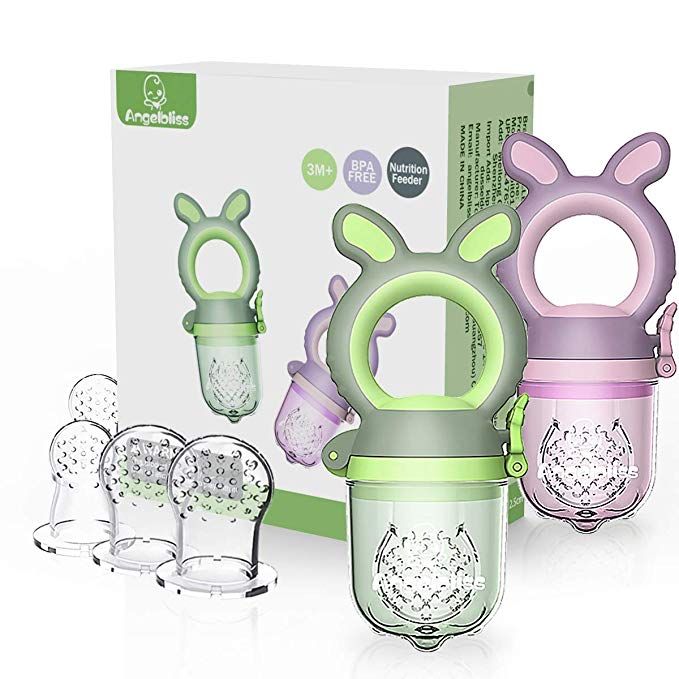
Important safety information
For the safety and health of infants - WARNING! I only use this product under adult supervision. I Do not heat liquids in a microwave oven, as this may cause uneven heating and burn the baby. I Use the product only for its intended purpose as described in these instructions for use. I Use by more than one infant without proper handling may be hazardous to health and may result in cross-contamination. I only use original Medela accessories. I check before every use. Throw away at the first sign of damage, mold, or weakness. I Never leave packaging or components unattended. Keep them out of the reach of children.
Important Warranties
I Plastic bottles and their parts become brittle when frozen and may break if dropped. I In addition, bottles and their components can be damaged if misused, such as if dropped, pulled or overturned. I Handle bottles and components with care. I Do not use fluid if bottles or components are damaged.
Cleaning
Important
- I Use only potable water for cleaning.
- I Treat all parts before first use (see below).
- I Clean all parts immediately after use.
- I The following cleaning instructions are general instructions. For country-specific rules and guidelines, please contact your Medela representative or visit our website (www.medela.com).
After each use
I Dismantle the feeder into separate parts. Make
Be sure to separate the yellow valve plate from the teat. Also separate the white membrane from the valve plate.
Note: Milk left in the bottle can be reused. However, the milk remaining in the nipple must be discarded. Therefore, keep the feeder above the sink. Carefully unscrew the cap and remove it together with the nipple and valve plate so as not to spill the milk. Pour the rest of the milk out of the nipple. I Rinse all parts with cold water (approx. 20 °C). Clean all parts with plenty of warm soapy water (about 30°C). Use commercially available dishwashing liquids, preferably free of artificial flavors and colors (hospital use: 5-15% anionic surfactants, nonionic surfactants, pH neutral). Rinse all parts with cold water (about 20°C). I Wipe with a clean cloth or leave to dry on a clean cloth.
20 °C). Clean all parts with plenty of warm soapy water (about 30°C). Use commercially available dishwashing liquids, preferably free of artificial flavors and colors (hospital use: 5-15% anionic surfactants, nonionic surfactants, pH neutral). Rinse all parts with cold water (about 20°C). I Wipe with a clean cloth or leave to dry on a clean cloth.
Home use:
Before first use and once a day
I Clean the feeder as described in the After each use section. I Disinfect the feeder as described in the Disinfection section.
Hospital use:
Before first use - once a day - before giving to another baby I Clean and disinfect feeder as described in section
Disinfection.
I If required by national, regional or local regulations, sterilize the feeder as described in the Sterilization section.
decontamination
Home use:
I Fill all parts with water and boil for five minutes.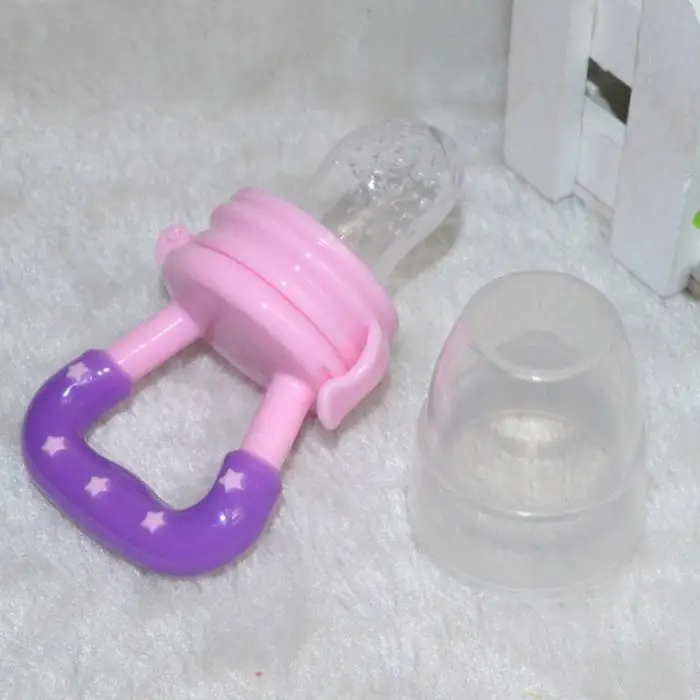 I Alternatively, you can wash the product in the dishwasher. Place the pieces on the top shelf or in the cutlery compartment. Use commercially available dishwashing detergents. I Wipe with a clean cloth or leave to dry on a clean cloth.
I Alternatively, you can wash the product in the dishwasher. Place the pieces on the top shelf or in the cutlery compartment. Use commercially available dishwashing detergents. I Wipe with a clean cloth or leave to dry on a clean cloth.
Hospital use:
I Clean and disinfect all parts in a mechanical washer-disinfector. Use appropriate inserts for small parts. Use a normal washer-disinfector cleaner (NTA, phosphate, chlorine and surfactant free, alkaline pH 11.7-12.7). I Disinfect for 5 minutes at 93 °C. I Select the appropriate program according to the instructions above, which includes drying. If there is no drying programme, wipe the clean parts with a clean cloth or leave to dry on a clean cloth
sterilization
Hospital use:
- I Check that the parts of the product are clean, dry and undamaged.
- I Wrap parts in appropriate sterile packaging.
- I Sterilize parts in an autoclave at 134 °C for 5 minutes.
 To avoid damage, do not stack them or apply external pressure.
To avoid damage, do not stack them or apply external pressure.
Memory
Place clean parts in a clean storage bag or place. It is important that any residual moisture is dried. Do not store parts in a sealed container/bag.
How to use the service
I It is recommended that a mother conduct her first feedings with the SpecialNeeds Feeder under the supervision of professional/trained personnel. I Always check fluid temperature before feeding.
Feeder Assembly
I Hold the valve plate with the high end up. Place the white membrane on the valve plate inside the rim. Push the diaphragm handle all the way through the center hole of the valve plate.
- I Fill the bottle with the required amount of liquid
- I Place the assembled valve with the high end up on the neck of the bottle.
- I Place the nipple on the valve disc so that the rim is inside the nipple.
- I Put the cap on the teat.
 Screw all the parts together with the lid.
Screw all the parts together with the lid.
Teat filling
- I Hold the feeder upright. Squeeze some air out of the nipple.
- I Continue to squeeze while turning the feeder upside down.
- I Now release the nipple. Some liquid will get into it.
- I Repeat the above steps until the teat is full.
Milk flow control
slot valve opening
The SpecialNeeds Feeder gives you the ability to tailor fluid flow to your baby's needs. Use the lines on the nipple to set the fluid flow. The shortest line corresponds to zero flow, the middle line to average flow, and the longest line to maximum flow. To select the flow rate, draw the corresponding line on the nipple over the baby's nose (see picture on the right). Select zero flow (shortest line) if your baby needs to get used to the nipple before feeding.
How does the flow control mechanism work?
The position of the nipple/line in the infant's mouth affects the opening of the slit valve at the top of the nipple:
- zero flow = slit horizontal pressure keeps valve closed
- medium flow = slit diagonal valve partially open for medium flow
- maximum flow = vertical gap pressure opens valve for maximum flow
Attention : The slit closes between sucks so that the baby will not be flooded.
Note: Feeder supports sliding flow. To get any fluid flow between zero and maximum, simply select the appropriate position between the lines.
Product options and spare parts
Contents: Teat and valve diaphragm: silicone; the rest: polypropylene.
Regulation : Subject to local regulations.
- Indicates compliance with EU requirements for medical devices.
- Indicates that the package contains products intended to come into contact with food in accordance with Regulation (EC) No 1935/2004.
- Keep out of sunlight (ISO 15223-1, 5.3.2)
- Indicates the manufacturer's product number (ISO 15223-1, 5.1.6)
- Indicates the manufacturer's lot or lot code (ISO 15223-1, 5.1.5)
- Indicates the date of manufacture (ISO 15223-1, 5.1.3)
- Identifies the manufacturer (ISO 15223-1, 5.1.1)
- Identifies a fragile medical device (ISO 15223-1, 5.
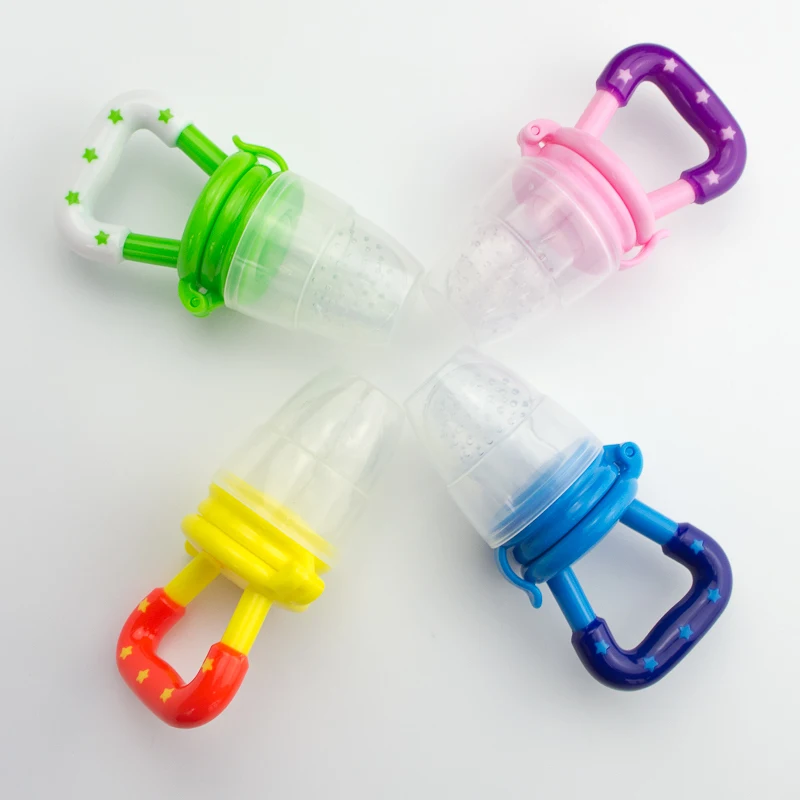

 5~5cm *Depends on style* Color: Colorful 7 creatures and 14 different patterns to choose from. BPA Free, PVC Free, Lead Free, Metal Free, Phthalate Free Made in Taiwan
5~5cm *Depends on style* Color: Colorful 7 creatures and 14 different patterns to choose from. BPA Free, PVC Free, Lead Free, Metal Free, Phthalate Free Made in Taiwan  2 x 4.7 cm weight: 145 g suction: 50 kPa
2 x 4.7 cm weight: 145 g suction: 50 kPa  5 cm x 2.5 cm
5 cm x 2.5 cm 